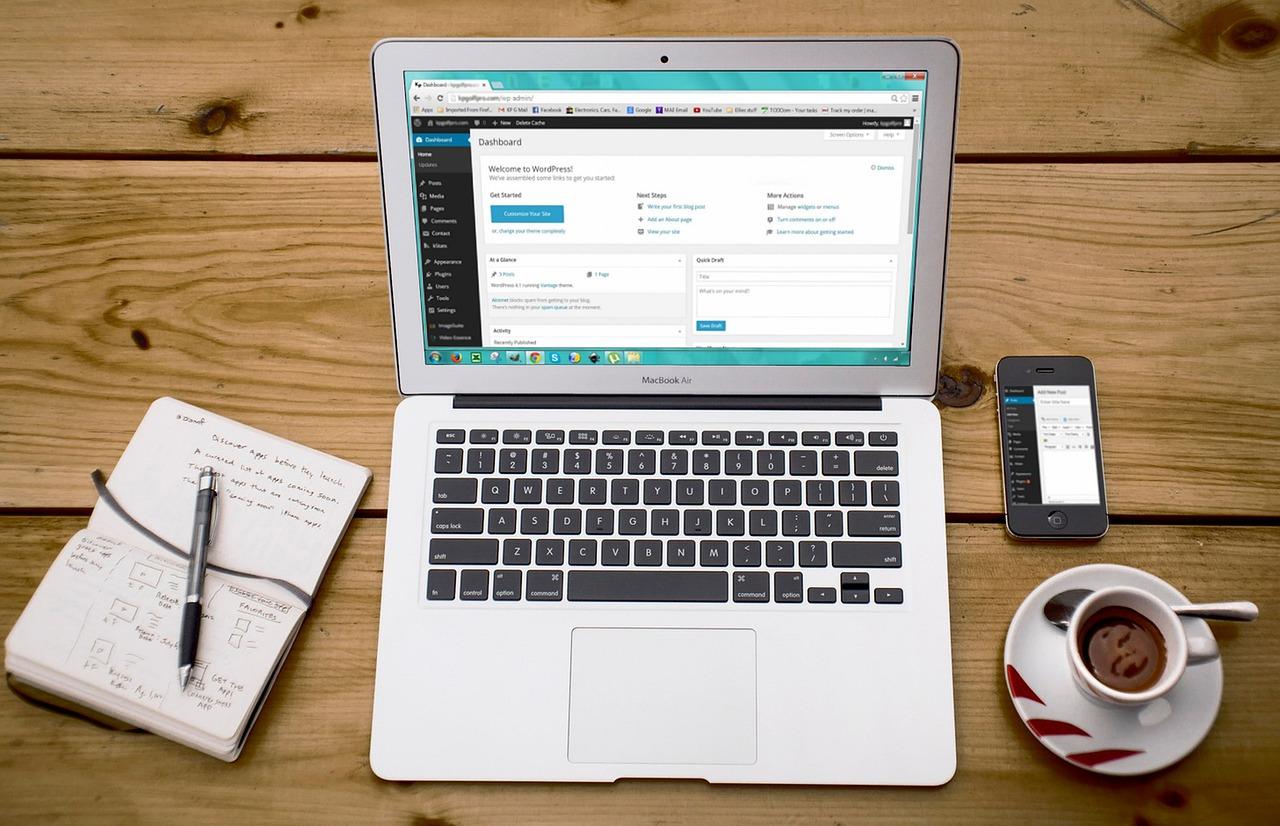Looking to create a personal website that stands out? Check out our top 5 inspiring examples to spark your creativity! Plus, we’ve got 6 simple steps to guide you in building a site that showcases your unique brand. Let’s get started!
5 Personal Website Examples to Copy + 6 Steps to Make Yours
Are you ready to take your online presence to the next level? In today’s digital world, having a personal website isn’t just a luxury; it’s an essential tool for anyone looking to showcase their skills, share their passions, or attract new opportunities. But where do you even begin? Don’t worry—we’ve got you covered! In this article, we’ll explore five standout personal website examples that you can draw inspiration from, along with six simple steps to create your very own. Whether you’re a freelancer, a creative, or just someone looking to establish a personal brand, these insights will help you craft a website that not only looks great but also resonates with your audience. So, let’s dive in and start building the online presence you’ve always dreamed of!
Discover the Power of Personal Websites
In a digital landscape saturated with social media profiles and online portfolios, personal websites stand out as a powerful tool for self-expression and professional branding. They not only showcase your skills but also give you a platform to tell your unique story. Imagine having a space on the web that reflects who you are, what you do, and what you’re passionate about. This is exactly what a personal website can offer.
Here are some compelling reasons why a personal website is a game-changer:
- Authenticity: Unlike social media profiles, your personal website is a blank canvas where you can control the narrative and design.
- Credibility: A well-crafted personal website enhances your professional credibility and makes you more memorable to potential employers or clients.
- Portfolio Display: It’s the perfect venue to showcase your work, whether you’re a designer, writer, developer, or entrepreneur.
- Networking Opportunities: Personal websites can attract visitors who are genuinely interested in your work, opening doors for collaboration and networking.
When it comes to inspiration, looking at existing personal websites can spark creativity in your own design and content. Here are five examples that embody different styles and purposes:
| Name | Style | Key Feature |
|---|---|---|
| Sarah’s Creative Portfolio | Minimalist | Stunning visuals and straightforward navigation |
| John’s Blog | Content-Focused | Engaging storytelling with a personal touch |
| Amy’s Resume Site | Professional | Interactive resume with downloadable content |
| Mark’s Tech Space | Modern | Integration of social media feeds and projects |
| Lisa’s Travel Journal | Vibrant | Dynamic photo galleries and travel tips |
Creating your personal website doesn’t have to be daunting. By following a few simple steps, you can build a site that not only looks great but also effectively showcases your talents. Here’s a quick roadmap:
- Define Your Purpose: Understand what you want to achieve with your website.
- Choose a Domain Name: Pick something memorable that reflects your brand.
- Select a Platform: Consider user-friendly options like WordPress, Wix, or Squarespace.
- Design Your Site: Keep it clean and intuitive; a great design enhances user experience.
- Create Compelling Content: Write engaging copy that reflects your personality and expertise.
- Optimize for SEO: Ensure your website is search-engine friendly to attract more visitors.

Inspiration from Top Personal Website Examples
When it comes to crafting a personal website, drawing inspiration from the best can help you design something truly unique and engaging. Here are some standout examples that showcase creativity, personal branding, and effective communication:
- Tim Ferriss – His website is a masterclass in simplicity and functionality. With a clean design and clear navigation, he emphasizes his latest projects and ideas effortlessly.
- Jessica Hische - A stunning visual portfolio that highlights her work as a designer and letterer. Her use of vibrant colors and custom illustrations sets her apart and reflects her artistic flair.
- David Kadavy - Combining a blog with a portfolio, David employs an eye-catching layout that draws visitors into his world of creativity. His personal stories resonate with his audience and invite them to explore further.
- Ryan Robinson - His website is a great blend of personal branding and valuable content. With an emphasis on blogging about entrepreneurship, he creates a community around his insights and experiences.
- Marie Poulin – Marie’s site showcases her skills as a digital strategist, featuring a stunning homepage that leads visitors to her services, portfolio, and blog. Her approach is both professional and welcoming.
Each of these websites demonstrates key elements that you can incorporate into your own project:
- Visual Appeal: Use high-quality images and a cohesive color scheme to make your site visually engaging.
- Clear Messaging: Communicate your purpose and offerings clearly, allowing visitors to understand what you do at a glance.
- Engagement: Include calls-to-action that encourage visitors to subscribe, follow, or reach out.
- Responsive Design: Ensure that your site looks great on all devices, prioritizing user experience.
Inspiration is important, but remember to add your personal touch. Highlight your unique voice and experiences, making sure your personality shines through. Here’s a quick look at what you might include in your personal website:
| Section | Description |
|---|---|
| About Me | A brief introduction that tells your story. |
| Portfolio | Showcase your best work or projects. |
| Blog | Share your thoughts, insights, and experiences. |
| Contact | Provide a way for visitors to get in touch. |
By studying the best and applying these principles, you’ll be well on your way to creating a standout personal website that resonates with your audience and showcases your talents effectively.
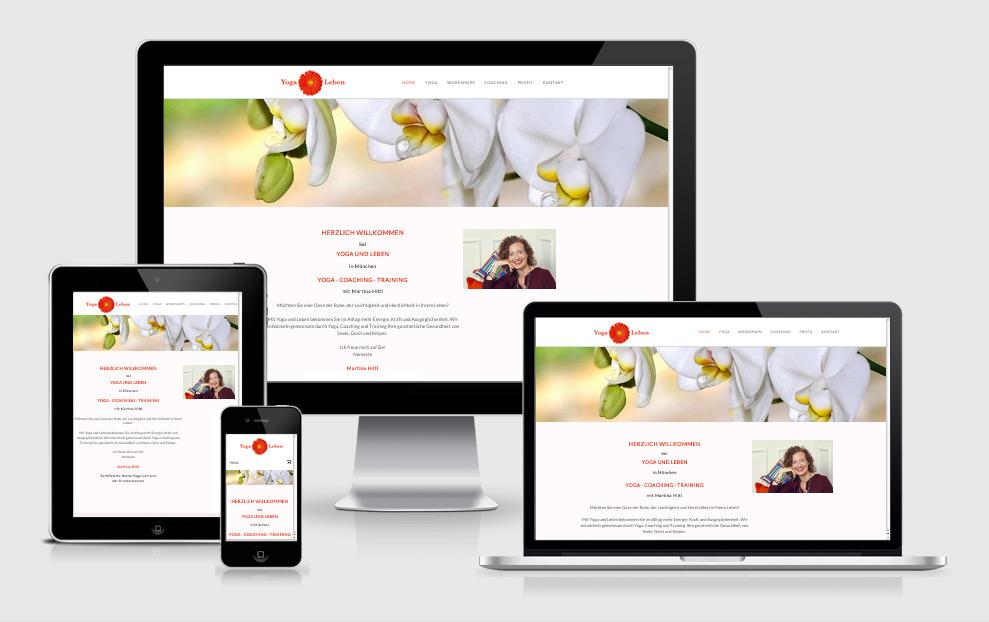
What Makes These Websites Stand Out
When it comes to personal websites, a few standout examples not only capture attention but also effectively communicate the creator’s brand and personality. These websites leverage unique design choices, engaging content, and clear calls to action to create immersive experiences for their visitors.
One feature that sets these websites apart is their bold use of visuals. High-quality images and thoughtful layouts draw in visitors right from the homepage. For instance, a personal website emphasizing photography will likely showcase stunning portfolio pieces as the background, creating an immediate visual impact. This use of striking imagery not only tells a story but also establishes credibility in the creator’s field.
Additionally, user-friendly navigation plays a crucial role in enhancing the overall experience. Websites that feature intuitive menus allow visitors to easily explore different sections without feeling overwhelmed. Clear labels and a hierarchy of information guide users seamlessly through the site, ensuring they find what they’re looking for quickly and efficiently.
Another aspect that makes these personal websites shine is their authentic storytelling. The best examples often include a compelling ‘About’ section that goes beyond the usual resume format. Here, creators share their journeys, challenges, and aspirations, connecting with visitors on a personal level. This narrative element fosters a sense of trust and relatability, encouraging visitors to engage further.
Moreover, the integration of social proof cannot be overlooked. Many standout websites feature testimonials, case studies, or client logos that validate the creator’s skills and expertise. This not only enhances credibility but also instills confidence in potential clients or collaborators who may be on the fence about reaching out.
Lastly, effective calls to action (CTAs) are strategically placed throughout these websites. Whether it’s inviting visitors to subscribe to a newsletter, check out a portfolio, or schedule a consultation, these CTAs are designed to be clear and compelling. By leading visitors toward the next step, these websites maintain engagement and drive conversions.
| Website Feature | Benefits |
|---|---|
| Visual Design | Captivates visitors, showcases brand identity |
| Navigation | Enhances user experience, reduces bounce rate |
| Storytelling | Builds connection and trust with the audience |
| Social Proof | Establishes credibility, reassures potential clients |
| Calls to Action | Drives engagement and conversions |
Key Features to Include in Your Personal Website
Creating a personal website is all about showcasing your unique self and making connections. Here are some essential features that can elevate your site and leave a lasting impression on visitors.
- Clear Branding: Your website should reflect your personal brand. Use consistent colors, fonts, and images that resonate with your style and personality.
- About Me Section: Share your story! Include a brief biography that highlights your background, interests, and what makes you unique. This helps visitors feel connected to you.
- Portfolio or Work Samples: If you’re in a creative field, showcase your best work. Use high-quality images and brief descriptions to illustrate your skills and achievements.
- Contact Information: Make it easy for visitors to reach you. Include a dedicated contact page with a simple form, email address, and links to your social media profiles.
- Testimonials: If you have happy clients or colleagues, feature their testimonials. Positive feedback can build trust and credibility.
- Blog or Insights Section: Share your thoughts, experiences, and expertise through blog posts. This keeps your content fresh and engages your audience.
To further enhance user experience, consider integrating the following:
| Feature | Description |
|---|---|
| Responsive Design | Ensure that your site looks great on all devices, from desktops to smartphones. |
| SEO Optimization | Implement basic SEO practices to help your site rank better on search engines. |
| Social Media Integration | Link your social media accounts to keep your audience engaged across platforms. |
| Call-to-Action Buttons | Encourage visitors to take action, whether it’s signing up for a newsletter or downloading a resource. |
Incorporating these features into your personal website will not only enhance its functionality but also provide a more engaging experience for your visitors. Remember, your website is a reflection of you—make it a space that resonates with your audience and encourages them to connect.
Step-by-Step Guide to Building Your Own Website
Steps to Build Your Own Website
Creating your personal website can be an exhilarating experience. With the right tools and a clear plan, you’ll be able to showcase your unique personality and skills. Let’s break it down into manageable steps:
1. Define Your Purpose
Before you dive into design, think about why you want a website. Here are a few common purposes:
- Portfolio to showcase work
- Blog to share your thoughts
- Resume to attract job opportunities
- Business site for entrepreneurship
2. Choose a Domain Name
Your domain name is your online identity. Aim for something memorable and relevant to your content. Once you have a few ideas, check their availability using a domain registrar.
3. Select a Website Builder
There are plenty of website builders that cater to different skill levels:
- WordPress: Best for flexibility and customization.
- Wix: Ideal for drag-and-drop simplicity.
- Squarespace: Great for visually appealing designs.
4. Design Your Website
Start with a template that resonates with your style. Make sure to consider the following design elements:
- Color Scheme
- Font Choices
- Layout and Structure
Consistency in these elements creates a cohesive look that enhances user experience.
5. Create Content
Your content is what will attract and retain visitors. Focus on:
- High-quality images
- Well-written text
- Engaging multimedia
Don’t forget about SEO best practices to help your site get noticed!
6. Launch and Promote
Once everything is set, it’s time to go live! Share your website on social media, and consider using email newsletters to inform your network. Regular updates and engagement with your audience can significantly boost your visibility.
| Website Builder | Best For | Starting Price |
|---|---|---|
| WordPress | Customization | Free (hosting required) |
| Wix | Ease of use | $14/month |
| Squarespace | Design | $12/month |
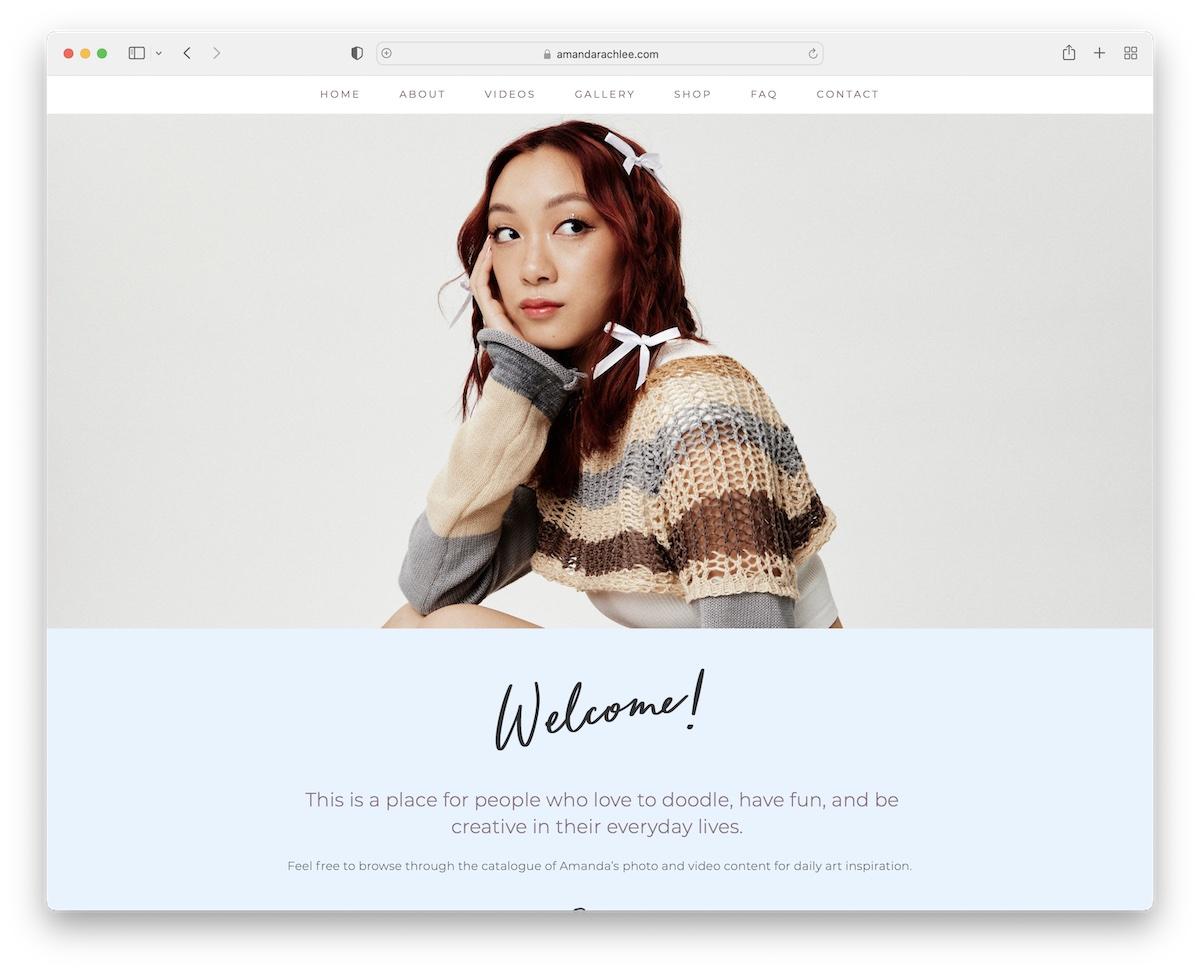
Choosing the Right Platform for Your Needs
When it comes to building your personal website, selecting the right platform is crucial to ensuring that your vision comes to life. With numerous options available, it’s essential to consider factors that suit your needs and skill level. Here are some key aspects to ponder:
- Ease of Use: If you’re a beginner, look for a platform with a user-friendly interface. Drag-and-drop builders can simplify the design process, allowing you to focus more on content rather than technicalities.
- Customization Options: Your website should reflect your unique personality. Choose a platform that offers a variety of templates and customization tools to create a distinctive look that aligns with your brand.
- Functionality: Depending on your goals, consider what features are essential. Do you need an integrated blog, e-commerce capabilities, or a portfolio section? Make sure the platform you choose supports these functionalities.
- SEO Capabilities: A great website won’t help if nobody can find it. Platforms with built-in SEO tools can give your site a better chance of ranking higher in search engines.
- Support and Community: A responsive customer support team and a vibrant user community can be invaluable, especially when you encounter technical challenges or need advice on best practices.
Let’s break down some popular platforms and their strengths to help you make an informed decision:
| Platform | Best For | Key Features |
|---|---|---|
| WordPress | Bloggers & Content Creators | Robust customization, SEO-friendly, large plugin library |
| Wix | Beginners | Drag-and-drop interface, stunning templates, app market |
| Squarespace | Visual Creatives | Elegant design templates, e-commerce integration, built-in analytics |
| Weebly | Small Businesses | Affordable pricing, simple e-commerce tools, user-friendly |
Ultimately, the best platform for you will depend on your specific goals and the kind of experience you want to offer your visitors. Take the time to explore different platforms, perhaps even experiment with a few to see which one resonates with you the most. Remember, your personal website is an extension of who you are—make sure it embodies your style, showcases your skills, and serves your purpose effectively.
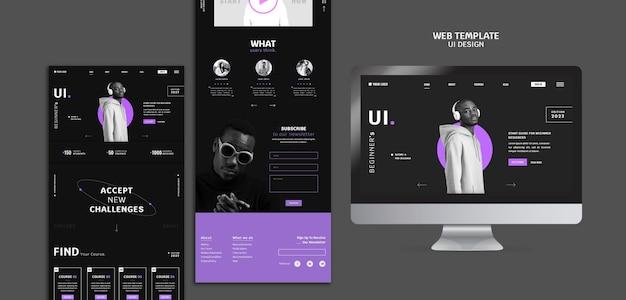
Design Tips to Make Your Website Shine
Creating a personal website that not only reflects your personality but also captivates your audience can be quite the challenge. To help you out, here are some valuable design tips to elevate your site and make it truly shine.
- Choose a Cohesive Color Palette: Colors evoke emotions, so select a palette that aligns with your personal brand. Stick to three to five complementary colors to maintain consistency throughout your site.
- Prioritize User Experience: Ensure that navigation is intuitive. A clean layout encourages visitors to explore more. Use clear headings and a logical structure that guides users naturally through your content.
- Utilize White Space: Don’t be afraid of empty space! It enhances readability and makes elements stand out. A cluttered website can overwhelm visitors, so embrace the power of white space.
Next, let’s consider the importance of visual elements. Images and graphics can make a lasting impression, so invest in high-quality visuals that resonate with your brand. Use your own images where possible, as this adds a personal touch that stock photos simply can’t replicate.
Additionally, consider incorporating interactive elements like animations or hover effects. These can enhance user engagement and bring your website to life. Just ensure they serve a purpose and don’t distract from your content.
Responsive Design Matters
With more users accessing websites on mobile devices, responsive design is non-negotiable. Ensure that your website looks and functions well across all device sizes. Test your site on various devices to achieve a seamless user experience.
Keep Content Fresh and Engaging
regularly update your content. A dynamic website attracts repeat visitors. Incorporate a blog or news section where you can share insights, experiences, or industry trends that resonate with your audience.
| Tip | Benefit |
|---|---|
| Cohesive Color Palette | Enhances brand recognition |
| Intuitive Navigation | Improves user experience |
| High-Quality Visuals | Creates lasting impressions |
| Responsive Design | Accessibility for all users |
| Regular Updates | Encourages return visits |

Crafting Compelling Content that Engages Visitors
Creating content that truly resonates with your audience is an art form that can significantly enhance user engagement on your personal website. To start, it’s essential to know your visitors and what they are looking for. This means digging deep into their interests, needs, and pain points. By understanding your audience, you can tailor your content to speak directly to them, ensuring that they feel seen and heard.
One effective way to craft engaging content is through storytelling. Everyone loves a good story, and weaving personal anecdotes or relatable narratives into your writing can help draw in your audience. Consider using real-life examples that illustrate your points, making your content not only informative but also relatable. When readers can connect with your stories, they’re more likely to stay on your site longer and engage with other parts of your content.
Another strategy is to utilize visual elements effectively. Incorporating images, infographics, and videos breaks up text and adds an engaging layer to your content. Consider this simple table to illustrate the types of media that can enhance your site:
| Type of Media | Purpose | Engagement Level |
|---|---|---|
| Images | Visual appeal | Medium |
| Videos | In-depth explanation | High |
| Infographics | Data visualization | High |
| Slideshows | Content variation | Medium |
Don’t overlook the power of strong calls to action (CTAs). Phrasing matters—encourage your visitors to take the next step, whether it’s subscribing to a newsletter, commenting on a blog post, or exploring your portfolio. Clear, compelling CTAs can guide users through their journey on your site and increase interaction.
Lastly, ensure your content is optimized for SEO. This doesn’t mean stuffing your writing with keywords, but rather understanding how to naturally use relevant terms that will help your content be discovered by search engines. A well-optimized piece will attract more visitors, leading to higher engagement rates and a growing audience.
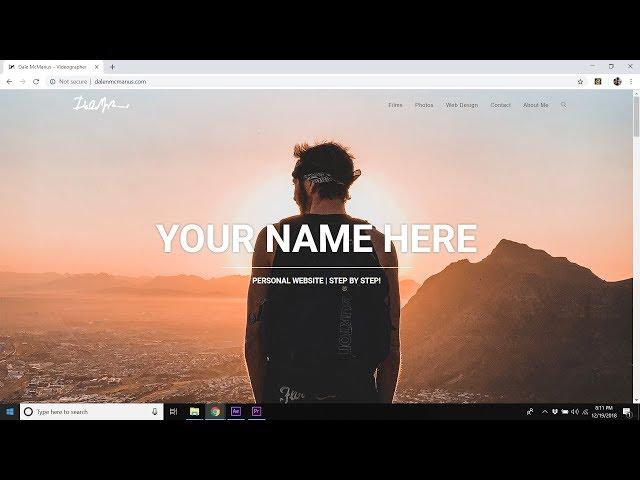
Promoting Your Personal Website Effectively
Building an online presence is vital in today’s digital age, and your personal website is often the first impression potential clients or employers will have of you. To promote your personal website effectively, consider these strategies that will help you reach a broader audience and make a stronger impact.
Leverage Social Media: Share your website on your social media platforms. It’s a great way to funnel your existing audience to your site. Be sure to:
- Post engaging content that links back to your website.
- Utilize visuals like images or short videos to capture attention.
- Join relevant groups and share your insights, linking back to your site for more in-depth information.
Network Strategically: Attend workshops, webinars, and networking events related to your field. When you meet new people, have your website URL handy to share. You can also:
- Include your website link in your email signature.
- Hand out business cards that feature your site.
- Collaborate with other professionals and request backlinks from their sites.
Content Marketing: Regularly update your website with fresh content, such as blog posts, tutorials, or case studies. This will not only enhance your SEO but also keep visitors coming back. Consider:
- Starting a newsletter to share updates and insights.
- Using guest blogging to reach new audiences and attract traffic.
- Creating downloadable content like eBooks or templates that require visitors to provide their email addresses.
Utilize SEO Techniques: Optimizing your website for search engines is crucial. Focus on:
- Using relevant keywords throughout your content.
- Ensuring your website is mobile-friendly.
- Incorporating alt text for images to improve accessibility and visibility.
Track and Analyze: Use tools like Google Analytics to track your website’s performance. This will help you understand where your traffic is coming from and what content resonates with your audience. You can create a simple table to summarize key metrics:
| Metric | Value |
|---|---|
| Monthly Visitors | 2,500 |
| Average Session Duration | 3 minutes |
| Bounce Rate | 45% |
By employing these tactics, you’ll create a strong promotional strategy for your personal website. Remember, consistency is key. Keep refining your approach, and watch your online presence grow.

Final Thoughts on Launching Your Online Presence
As you embark on your journey to establish a personal website, it’s essential to keep a few key considerations in mind for a successful launch. The digital landscape is vast and competitive, but with a clear vision and strategic execution, you can carve out a unique space that truly represents you.
Emphasize Authenticity: One of the most important elements of your online presence is authenticity. Visitors should feel a connection to you through your website. Share your story, your passions, and what makes you tick. No one else has your unique perspective, and that’s your greatest asset. Use engaging visuals and personal anecdotes to create a narrative that resonates.
Focus on User Experience: A well-designed website is inviting and intuitive. Ensure that your layout is clean, your navigation is straightforward, and your content is easy to digest. Consider the following:
- Load Speed: Optimize images and minimize code to enhance performance.
- Mobile Responsiveness: Ensure that your site looks great on all devices, as many users will access it through their phones.
- Clear Call to Action: Make it easy for visitors to know what to do next, whether it’s contacting you or signing up for a newsletter.
Content is King: Regularly update your website with fresh and relevant content. This not only keeps your audience engaged but also improves your search engine rankings. Consider maintaining a blog where you share insights, tips, or personal experiences related to your field. This demonstrates your expertise and helps build trust with your audience.
Engage with Your Audience: Once your site is live, don’t just sit back and wait. Actively engage with your audience through social media, emails, and comments on your blog. Responding to inquiries and fostering a community can create loyal followers who will champion your work and refer others to your site.
Lastly, don’t be afraid to iterate. Launching your site is just the beginning; gather feedback, analyze user behavior, and make necessary adjustments to improve the experience continually. This approach ensures your online presence evolves with you, keeping it fresh and relevant in an ever-changing digital world.
Frequently Asked Questions (FAQ)
Q&A for “5 Personal Website Examples to Copy + 6 Steps to Make Yours”
Q: Why do I need a personal website?
A: Great question! A personal website serves as your digital resume and portfolio, showcasing your skills, projects, and personality. It’s an opportunity to present yourself professionally and creatively. Whether you’re job hunting, freelancing, or just want to share your passions, having a personal website helps you stand out in a crowded digital space.
Q: Can you share some examples of personal websites that I can draw inspiration from?
A: Absolutely! Here are five fantastic examples to get your creativity flowing:
- Jane Doe’s Portfolio – Jane uses a clean layout with stunning visuals that highlight her photography skills.
- John Smith’s Blog – John combines informative articles with a personal touch, making it relatable and engaging for his audience.
- Emily’s Creative Resume - Emily showcases her design expertise with an interactive resume that’s both fun and professional.
- Mark’s Tech Showcase – Mark organizes his projects neatly, making it easy for potential clients to navigate and see what he can offer.
- Sara’s Travel Diary - Sara blends storytelling with stunning imagery to take her audience on a visual journey around the world.
Q: How do I actually get started on creating my personal website?
A: Getting started is easier than you might think! Here are six simple steps:
- Define Your Purpose: Determine what you want your website to achieve. Is it to showcase your work, share your thoughts, or build your brand?
- Choose a Platform: Decide on a website builder that fits your needs, like WordPress, Wix, or Squarespace. Consider factors like ease of use, design flexibility, and cost.
- Pick a Domain Name: A memorable domain name is crucial. Ideally, it should be your name or something closely related to your brand.
- Design Your Site: Focus on creating a clean, user-friendly layout. Use appealing colors, fonts, and images that reflect your personality.
- Create Compelling Content: Write engaging copy that showcases who you are and what you do. Don’t forget to include a portfolio of your work!
- Launch and Promote: Once everything looks good, hit publish! Share your website on social media, in your email signature, and with friends and family to get the word out.
Q: What if I’m not tech-savvy? Can I still create a personal website?
A: Definitely! Most website builders are designed for users of all skill levels. They offer drag-and-drop features and plenty of templates to make the process straightforward. Plus, there are countless tutorials and resources online to guide you through any hiccups you might encounter along the way.
Q: How often should I update my personal website?
A: Regular updates are key! Aim to refresh your content every few months, especially if you’re adding new projects or achievements. Keeping your website current not only showcases your growth but also encourages visitors to return for new insights or updates.
Q: Can I really make my personal website stand out among so many others?
A: Absolutely! The key is to let your personality shine through. Use unique visuals, a personal tone, and authentic storytelling to create a connection with your audience. Remember, your website is a reflection of you, so embrace what makes you unique!
Q: How long will it take to create my personal website?
A: The timeline can vary depending on how much content you have and how detailed you want to get. With the right tools, you could have a basic site up in just a few hours. However, take your time to refine it, as a well-thought-out website will serve you better in the long run.
Q: What’s the most important takeaway from this article?
A: Don’t overthink it! The most crucial step is to start. Use the examples for inspiration, follow the steps to build your site, and most importantly, express yourself. Your personal website is a powerful tool that can open doors and create opportunities. So what are you waiting for? Go create your digital masterpiece!
The Way Forward
As we wrap up our journey through these five inspiring personal website examples and the six straightforward steps to create your own, it’s clear that building a standout online presence is within your reach. Whether you’re a creative professional, an entrepreneur, or simply someone eager to share your passions, your personal website is a powerful tool to showcase your unique identity and connect with your audience.
Remember, the best part about this process is that it doesn’t have to be perfect right away. Start with what resonates with you from the examples we discussed, and let your personality shine through. As you develop your site, don’t hesitate to experiment and make it your own—your website should reflect who you are and what you love.
So, roll up your sleeves and get started! With the inspiration from these examples and the actionable steps we’ve laid out, you’re well-equipped to create a personal website that not only looks great but also tells your story. Dive in, have fun, and watch as your digital presence begins to evolve. Your online adventure awaits—let’s make it unforgettable!




